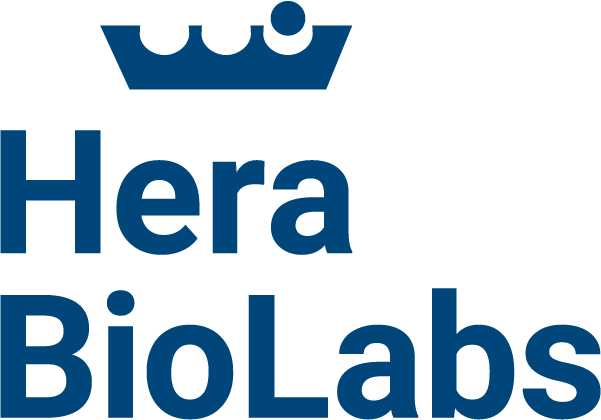Despite many great developments in the overall treatment of cancers, glioblastoma (GBM) patients still have a pretty dire prognosis, with an estimated 5% five year survival rate and a median survival of approximately 15 months from diagnosis. One of the biggest challenges associated with the treatment of malignant brain tumors, including GBM, is how to effectively deliver drugs to the site without causing serious adverse side effects – especially since any treatment therapy needs to cross the blood-brain barrier without losing significant potency, be able to diffuse throughout the brain and specifically target cancer cells rather than indiscriminately impacting all cells, including healthy cells.
Researchers have known for some time now that mesenchymal stem cells (MSCs), particularly human adipose-derived mesenchymal stem cells (hAMSCs), have great potential as brain tumor-targeting carriers of drug therapies. Until recently, it was widely accepted that the most effective way of engineering hAMSCs for drug delivery was through the use of viral vectors; unfortunately, large scale preclinical trials of such virus delivered gene therapy have raised significant questions about the risk of immunotoxicity as well as the potential activation of latent viruses, inflammatory responses or systemic autoimmunity.
A team from Johns Hopkins University School of Medicine, however, has recently published a study in Biomaterials that demonstrated the successful use of non-viral nanobiotechnology to deliver safe and effective gene and cell therapies in the treatment of GBM. By using synthetic nanoparticles (NPs), they were able to engineer hAMSCs to produce BMP4, a growth factor known to decrease tumor growth, which allowed for successful migration past various biological barriers and ultimately delivered a “therapeutic payload”. Using a cancer xenograft rat model, Mangravati et all were able to provide in vivo evidence that “NP-engineered hAMSCs administered locally and systemically in a rodent glioma model retain their intrinsic tumor-homing efficiency by migrating towards the brain and penetrating the tumor, and hAMSCs engineered to secrete BMP4 significantly increased survival” in brain tumor initiating cell-bearing rats without producing the debilitating side effects associated with viral vectors. This gives great hope to the future of drug and stem-cell based therapies for a wide array of human diseases, including, but not limited to, malignant brain cancer such as glioblastoma.
